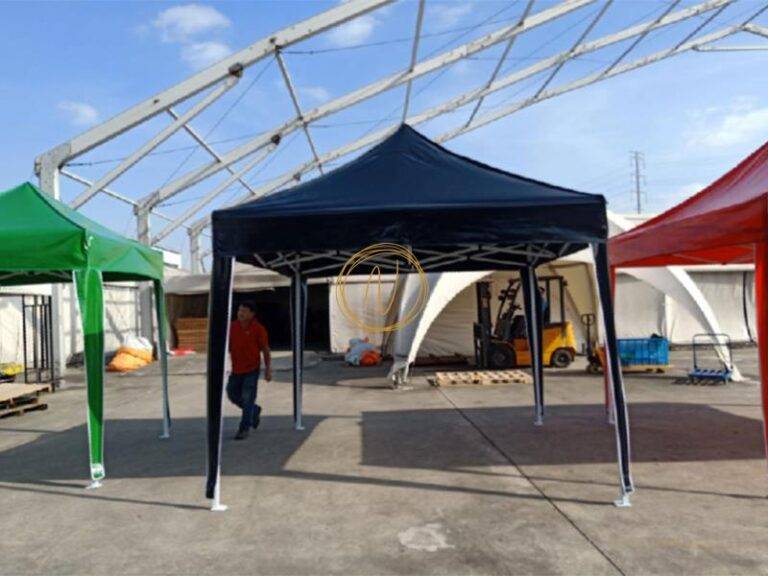Next-Generation Materials for Aircraft Manufacturing
allexchbet com login, 99exch.com, all panel:Next-Generation Materials for Aircraft Manufacturing
Aircraft manufacturing has always been at the forefront of innovation when it comes to materials and technologies. As we look towards the future, the demand for more fuel-efficient, lightweight, and durable aircraft is driving the exploration of next-generation materials. These materials not only have the potential to revolutionize the aerospace industry but also to make air travel safer and more sustainable.
In this blog post, we will delve into some of the most promising next-generation materials that are being developed for aircraft manufacturing.
1. Carbon Fiber Composites
Carbon fiber composites have been used in aircraft manufacturing for quite some time now, but advancements in this material are ongoing. Carbon fiber is known for its high strength-to-weight ratio, making it an ideal choice for reducing the weight of aircraft structures. With continued research and development, carbon fiber composites are becoming even lighter, stronger, and more cost-effective.
2. Nanomaterials
Nanomaterials, such as graphene and carbon nanotubes, are being explored for their incredible strength and conductivity properties. These materials have the potential to enhance the structural integrity and performance of aircraft while reducing overall weight. Research in this area is still ongoing, but the possibilities for nanomaterials in aircraft manufacturing are promising.
3. Ceramic Matrix Composites
Ceramic matrix composites are another next-generation material that is gaining attention in the aerospace industry. These composites are extremely heat-resistant, making them ideal for high-temperature applications such as engine components. By utilizing ceramic matrix composites, aircraft manufacturers can improve the efficiency and reliability of their engines.
4. Additive Manufacturing
Additive manufacturing, also known as 3D printing, is revolutionizing the way aircraft components are produced. This technology allows for complex geometries to be created with precision, reducing waste and production time. Additive manufacturing also enables the use of advanced materials that are not easily manufactured using traditional methods.
5. Shape Memory Alloys
Shape memory alloys have the ability to return to their original shape after being deformed, making them ideal for aerospace applications. These alloys can be used in aircraft structures, landing gear, and other components that require flexibility and durability. As research in this area progresses, shape memory alloys are expected to play a significant role in next-generation aircraft manufacturing.
6. Bio-based Materials
Bio-based materials, derived from renewable sources such as plant fibers and resins, are being explored as sustainable alternatives for aircraft manufacturing. These materials have the potential to reduce the environmental impact of aircraft production while offering comparable performance to traditional materials. As the demand for eco-friendly solutions grows, bio-based materials are expected to become more prevalent in the aerospace industry.
FAQs
Q: Are next-generation materials more expensive than traditional materials?
A: While some next-generation materials may have higher upfront costs, their long-term benefits, such as fuel savings and increased durability, can offset these expenses.
Q: How are next-generation materials tested for safety and reliability?
A: Next-generation materials undergo rigorous testing and certification processes to ensure they meet the necessary safety and performance standards for aircraft manufacturing.
Q: When can we expect to see next-generation materials used in commercial aircraft?
A: Many next-generation materials are already being integrated into aircraft design and production, with continued advancements expected in the coming years.
In conclusion, the development of next-generation materials for aircraft manufacturing is paving the way for more efficient, sustainable, and reliable aircraft. These materials have the potential to transform the aerospace industry and usher in a new era of air travel. With ongoing research and advancements in materials science, we can expect to see even more innovative solutions for aircraft manufacturing in the future.







